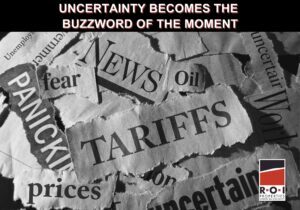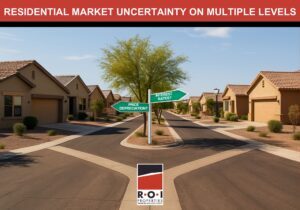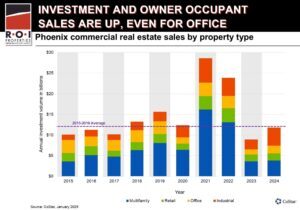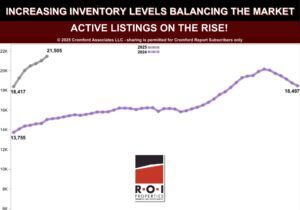Supply and demand levels in the Arizona residential real estate market have continued to trend into balance, buyers no longer have the advantage they experienced during the worst of the downturn. We haven’t reached the Goldilocks moment yet—”just right,” with neither buyers nor sellers having the upper hand—but it could be coming.
The tip toward balance isn’t caused by increasing demand, but rather from decreasing supply, which gives improves the negotiating position of existing sellers. Buyers haven’t totally relinquished their advantage, since there are fewer competing offers per property. As it stands, the market is largely balanced, with an ever-so-slight lean toward buyers. It’s also an indication that prices will eventually stabilize and not continue to drop.
Different geographic locations have different supply-demand ratios within the Phoenix metropolitan market. Taking into account smaller as well as larger cities, we see a clear correlation between the median age of an area and who has the negotiating advantage. For example:
- Four out of the top five cities in seller’s markets, where demand is greater than supply, have a median age over 55: Sun Lakes, Sun City West, Sun City and Apache Junction.
- Four out of the bottom five cities in buyer’s markets, where supply is greater than demand, have a median age below 36: Maricopa, Laveen, Buckeye and Queen Creek.
This matches up with generational trends. Millennials have been the last cohort to recover from the recession, and have delayed traditional life events such as marriage, children and purchasing real estate as a result. Baby boomers, not dependent on employment and wages as much as investment portfolios and corporate profits, are of course an emerging market for retirement communities.
Do Fewer Distressed Sales Mean a Slump?
While the residential real estate market is showing signs of spark, more than a few publications have described real estate as being in a slump. Understanding the situation requires realizing that normal sales have remained stable for nearly a year, but there are two factors affecting the distressed market:
- Fewer distressed properties to buy leads to fewer foreclosure auctions and short sales.
- Fewer investors in the Phoenix market, because there are few sellers desperate enough to sell significantly below market value. More than half of the investor pool has moved on to other areas of the country.
The math is pretty simple: Less distressed inventory, plus less demand, has resulted in an overall drop in sales. Increasing numbers of traditional buyers will be able to obtain financing to purchase again and replenish the buyer pool, once they’ve fulfilled their mandatory waiting periods after foreclosures or short sales. Recently, the Federal Reserve reported that borrowers with good credit are having an easier time getting loans—though lending standards remain tighter than during the days before the recession.
Are Phoenix Residential Real Estate Prices Underpriced?
Given a modest 3 percent appreciation rate, Phoenix residential real estate still has not reached where we should be historically. Imagine that the real estate crash had never occurred, and that the market had appreciated 3 or 4 percent a year (in line with inflation) for the past decade. Had that been the case, the current sales price per square foot measurement would be between $136 and $153. Based on that measure, Phoenix could be considered underpriced.
When discussing the overall sales decline and average sales price calculation, the rapid reduction in sales under $100,000 has been a major factor. Dominated by distressed property since 2009, this price range has simply become less of an influence on the overall calculation—primarily condominiums and townhouses, but only a handful of single-family residences. Prices may stabilize as they continue to diminish, given that other price ranges have not seen a similarly significant decline.










